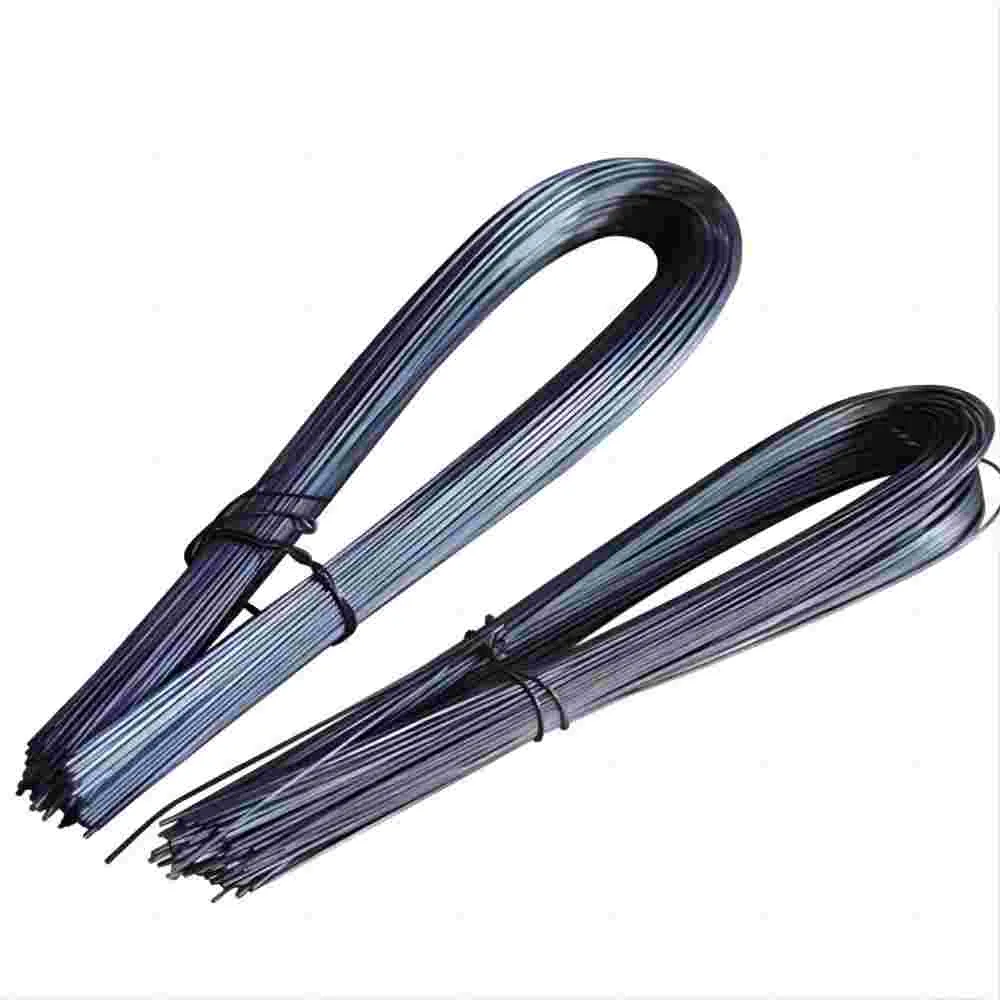Feb . 15, 2025 18:50
Back to list
long nail for wood
Selecting the right nail for woodworking is a critical skill that often goes underestimated. Especially when it comes to long nails for wood, the subtleties involved in making the proper choice can greatly influence the quality and durability of your woodworking project. This article delves deeply into the nuances of selecting and using long nails for wood, breaking down expert advice into practical information you can rely on.
The head design of a nail also plays a crucial role in its functionality. Flat-headed nails are typically the standard, providing a surface which can be driven flush with the wood. Finish nails, with small, barely noticeable heads, are an excellent choice when aesthetics are of concern, such as in fine woodworking projects where you wish to conceal the nail head. Meanwhile, duplex nails with a double head are handy in temporary constructions, allowing for easy removal after dismantling frameworks or temporary structures. In practice, understanding the unique characteristics of different nail designs can significantly impact your project's longevity and stability. For instance, spiral or ring-shank nails offer additional holding power in softer woods, thanks to their threads that act similarly to screws. This makes them ideal for applications where the nail must resist being pulled out, such as when heavy loads are expected. Safety should always be at the forefront when dealing with long nails. Proper usage involves not only choosing the right nail but also employing the right tools and techniques. Hand-nailing can result in bent nails if not executed correctly, so practice on scrap wood to perfect your technique. When using pneumatic nailers, ensure the gauge is suitable for the nail size and that you're operating the tool with the recommended air pressure. Finally, one must not overlook the importance of pre-drilling pilot holes, particularly when working with hardwoods or near edges to prevent splitting. Pilot holes should be slightly smaller than the nail diameter, ensuring a tight, secure fit without compromising the structural integrity of the wood. The journey of mastering the use of long nails in woodworking is one of experience, expertise, and trust built over time. It's about making informed choices that not only lead to successful projects but also uphold safety and craftsmanship. By understanding material properties, coatings, head designs, and application techniques, one can confidently tackle projects both simple and complex, ensuring that each joint is both a testament to skill and a marvel of durability.


The head design of a nail also plays a crucial role in its functionality. Flat-headed nails are typically the standard, providing a surface which can be driven flush with the wood. Finish nails, with small, barely noticeable heads, are an excellent choice when aesthetics are of concern, such as in fine woodworking projects where you wish to conceal the nail head. Meanwhile, duplex nails with a double head are handy in temporary constructions, allowing for easy removal after dismantling frameworks or temporary structures. In practice, understanding the unique characteristics of different nail designs can significantly impact your project's longevity and stability. For instance, spiral or ring-shank nails offer additional holding power in softer woods, thanks to their threads that act similarly to screws. This makes them ideal for applications where the nail must resist being pulled out, such as when heavy loads are expected. Safety should always be at the forefront when dealing with long nails. Proper usage involves not only choosing the right nail but also employing the right tools and techniques. Hand-nailing can result in bent nails if not executed correctly, so practice on scrap wood to perfect your technique. When using pneumatic nailers, ensure the gauge is suitable for the nail size and that you're operating the tool with the recommended air pressure. Finally, one must not overlook the importance of pre-drilling pilot holes, particularly when working with hardwoods or near edges to prevent splitting. Pilot holes should be slightly smaller than the nail diameter, ensuring a tight, secure fit without compromising the structural integrity of the wood. The journey of mastering the use of long nails in woodworking is one of experience, expertise, and trust built over time. It's about making informed choices that not only lead to successful projects but also uphold safety and craftsmanship. By understanding material properties, coatings, head designs, and application techniques, one can confidently tackle projects both simple and complex, ensuring that each joint is both a testament to skill and a marvel of durability.
Share
Next:
Latest news
-
Innovations in Razor Barbed Wire Design TechnologyNewsAug.11,2025
-
Roofing Nail Compatibility with Different Metal Roof TypesNewsAug.11,2025
-
Welded Wire Mesh for Rockfall Protection BarriersNewsAug.11,2025
-
Galvanized Wire Corrosion Resistance TestingNewsAug.11,2025
-
3D Fence Solutions Preventing Bird CollisionsNewsAug.11,2025
-
Using Chain Link Fence for Urban Garden SupportNewsAug.11,2025




